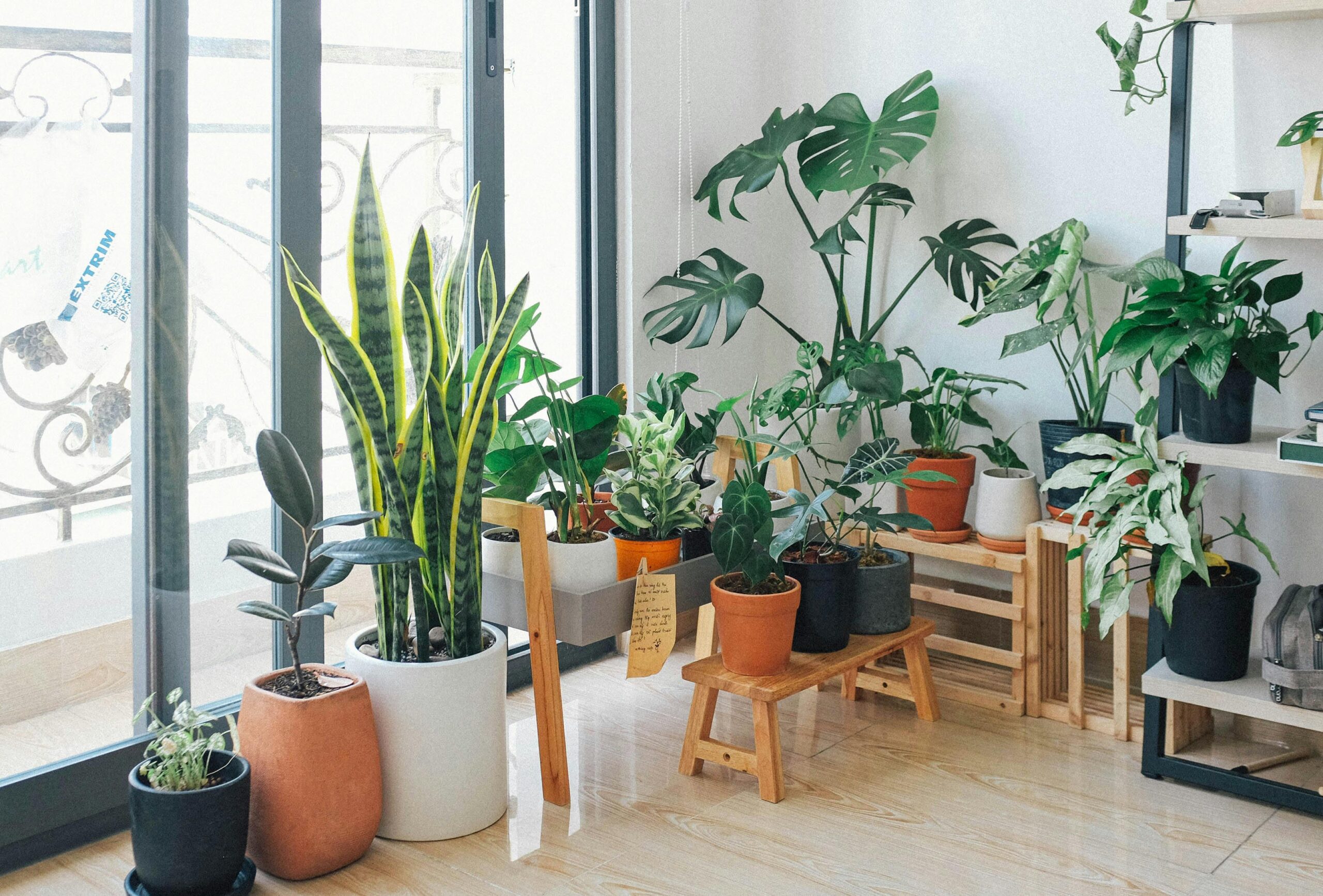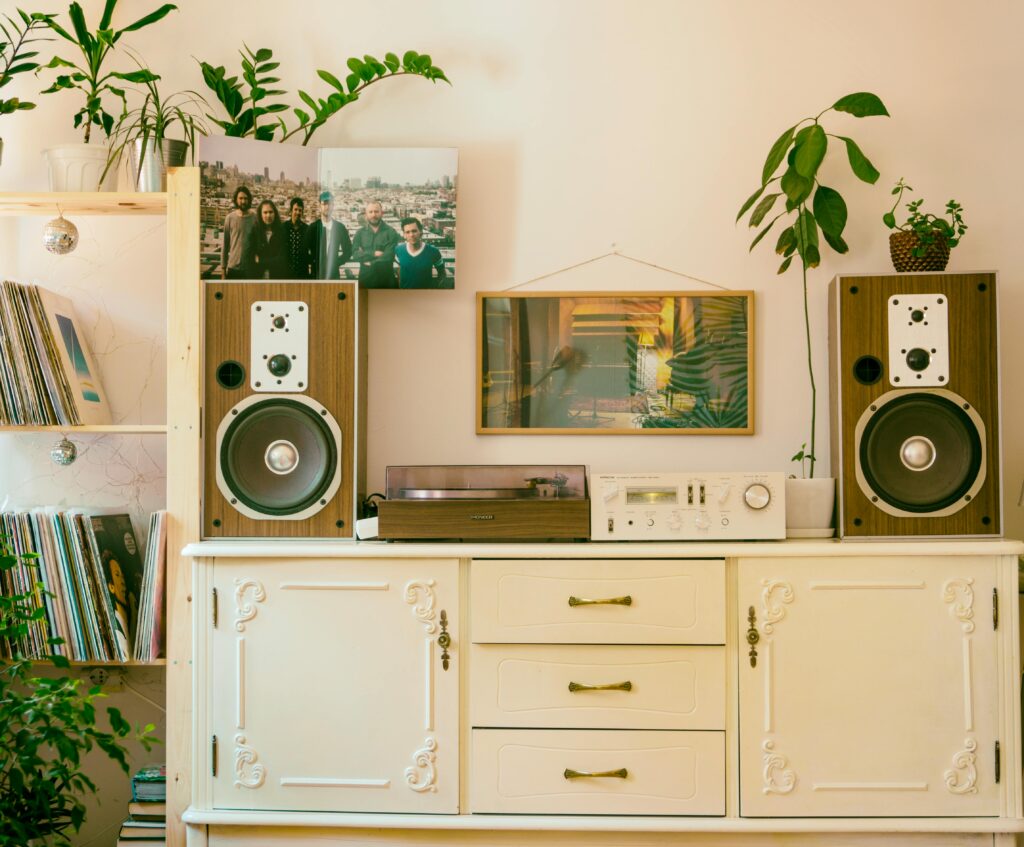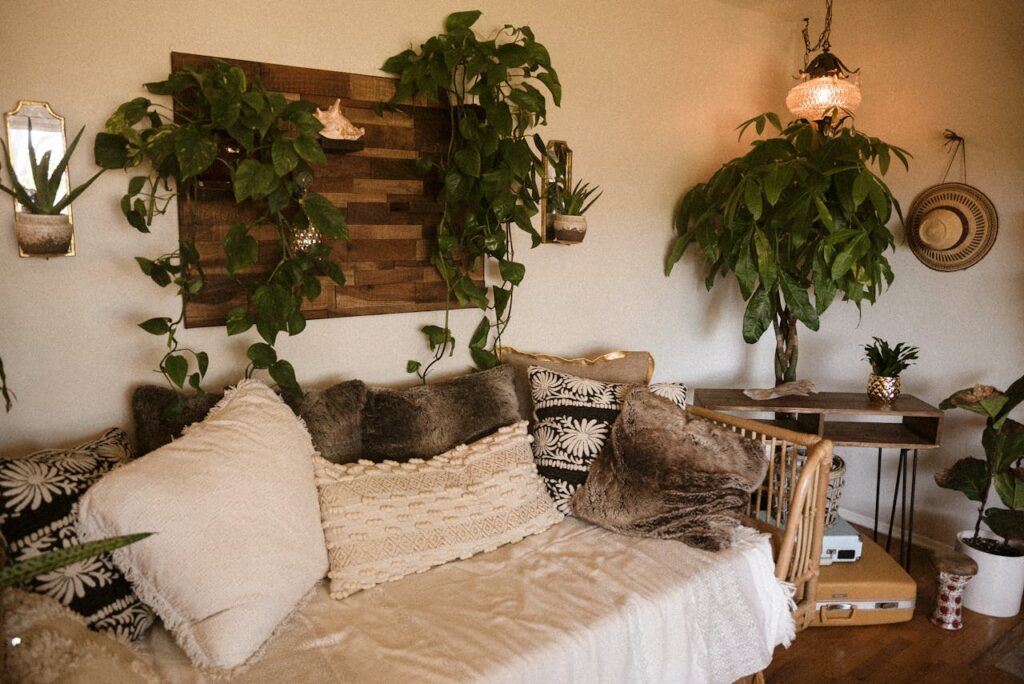
Body + Mind is reader-supported. We may earn an affiliate commission when you buy through some of the links on our site.
Homeowners believe their house is a safe space with clean air since it’s sheltered from outdoor pollution sources, but many indoor contaminants linger. Plus, some known air purification products can cause more harm than good. Learn how to naturally purify the air in your house and achieve a healthier atmosphere.
Air fresheners may make the room smell like peppermint or vanilla, but they’re not exactly clean. Nearly 90% of these products contain hazardous chemicals that pollute the air. Even those marketed to be all-natural cause migraines and asthma attacks.
Additional pollutants will only contribute to poorer indoor air quality. After all, there could already be hundreds of individual volatile organic compounds, carbon dioxide and other toxic vapors in your interior environment. Thus, it’s important to explore DIY air purification solutions.

You need to utilize methods that will both prevent pollutants and cleanse your existing indoor air. Here are some DIY solutions to purify the air in your house.
One of the most affordable and simple ways to improve indoor air quality is to open the windows. Doing so ventilates your home, introducing fresh air from the outdoors. It also provides an exit for harmful volatile organic compounds and alleviates dryness.
Dust particles usually linger inside, but removing them by opening your windows lessens your chances of getting sick in the long run. You also receive vitamin D from those extra rays of sunshine, boosting your immune system.
Some people claim Himalayan salt lamps are a great way to improve air quality, as they produce negative ions that refresh the air. While there are limited studies to confirm its credibility, many people share such an experience when using them in their homes.
Granted, an authentic Himalayan salt lamp is difficult to find since it comes from mountain ranges like Pakistan’s Khewra Salt Mine. Skip the fake products and invest in those instead for the best results.
Essential oils are a great alternative to air fresheners and even incense. They can improve indoor humidity while providing fragrance. Their destressing properties can also relieve anxiety and help you focus on mindfulness.
Avoid direct exposure to essential oils, as they can irritate the skin and eyes. A diffuser is an ideal tool for diluting them and creating a mist — just make sure it disperses evenly.

Vacuuming and cleaning do wonders for purifying indoor air, as they eliminate pollutants lingering in the air. Make sure to do these routines regularly to cleanse your space of dust.
Certain cleaning products may contain chemicals that worsen indoor air quality, so it’s worth creating your own concoctions. For example, vinegar and water are potent solutions for stains and grease. Add your favorite essential oils to mask the scent.
Unbeknownst to many homeowners, the heating, ventilation and air conditioning system can also be a great air purification asset. Air conditioners specifically pull air from the outdoors and filter it to ensure good-quality, cool air.
Backed-up AC filters will affect the air quality you get from the outdoors, distributing pollutants across different rooms. Take them out and wash them according to the instructions on the packaging. You can also inspect and replace them when necessary.
Indoor plants are much more than natural home decor. Certain ones remove formaldehyde, carbon monoxide and other nasty pollutants to make your indoor air quality better. The process is much slower, but taking care of the greenery over time can be beneficial for your household.
Choosing what indoor plants to purify your home environment with is tricky. If you have a green thumb, try to keep orchids, camellias, Boston ferns and gardenias. You could also pick low-maintenance options like snake plants and the ZZ plant. These thrive even without constant sunshine and watering.

If there’s a musty odor or wall warps, there’s a high chance it’s affecting your interior atmosphere. Mold can eventually start to affect your health, with some people coughing, sneezing and getting rashes upon inhaling the spores.
There are at-home solutions for removing mold, such as mixing a cup of bleach with four cups of water. Even diluting it, the solution is potent enough to scrub it off. However, for larger mold growth, it’s better to call a removal professional. Limit your exposure until it’s out of the space.
Figuring out how to purify the air in your house naturally can improve and maintain the quality of your indoor atmosphere. This space should accommodate its occupants and visitors, and these DIY solutions are the key.
Your email address will only be used to send you our newsletter, and at any time you may unsubscribe. For more information, see our Privacy Policy.